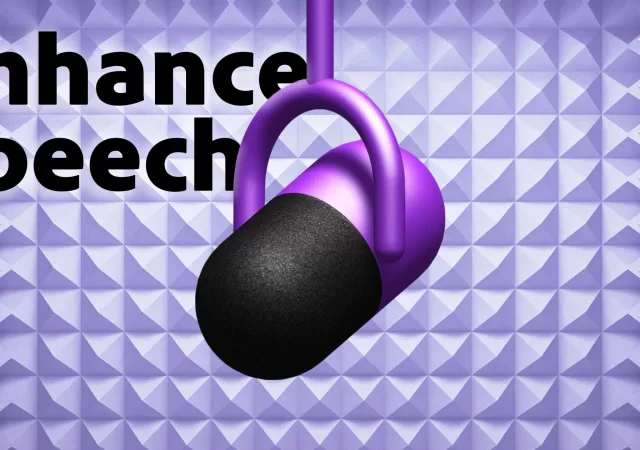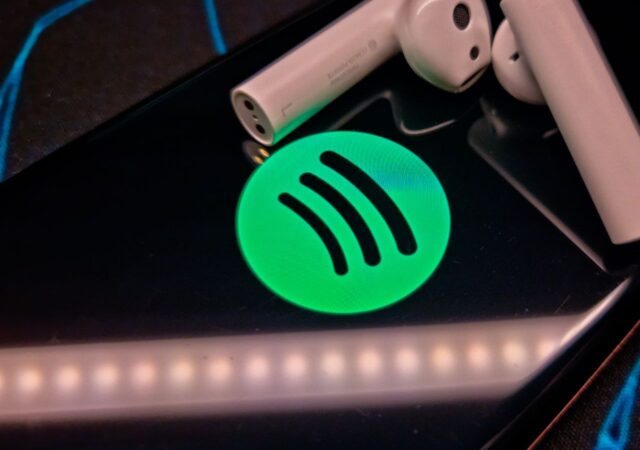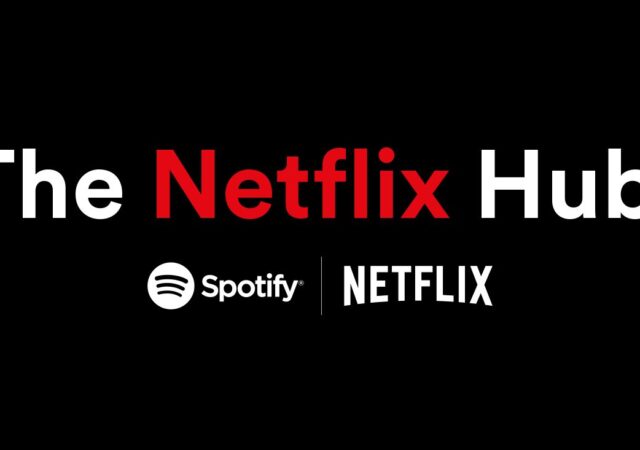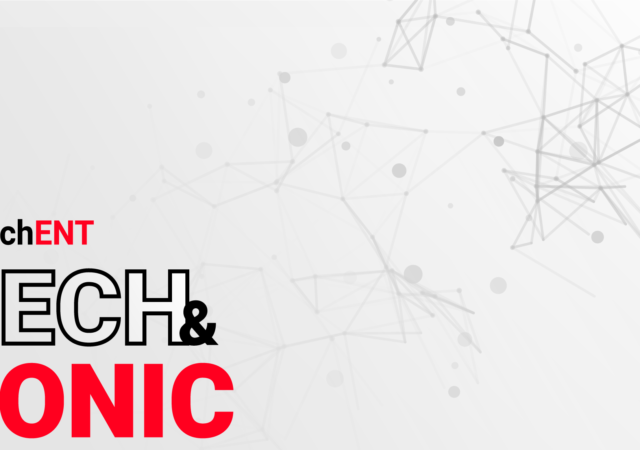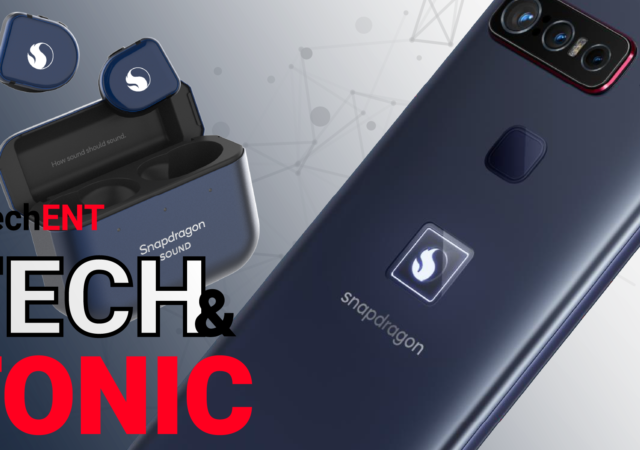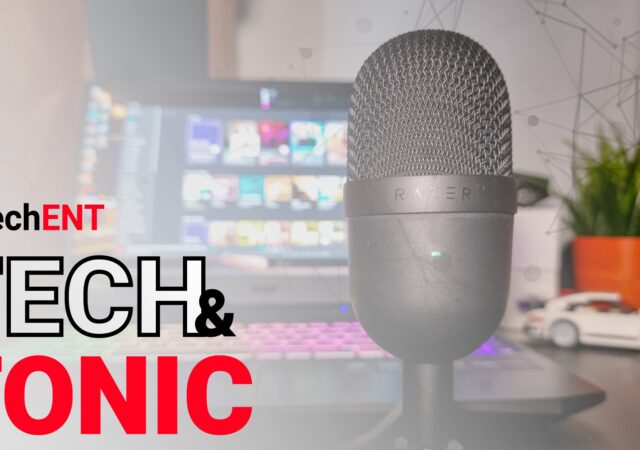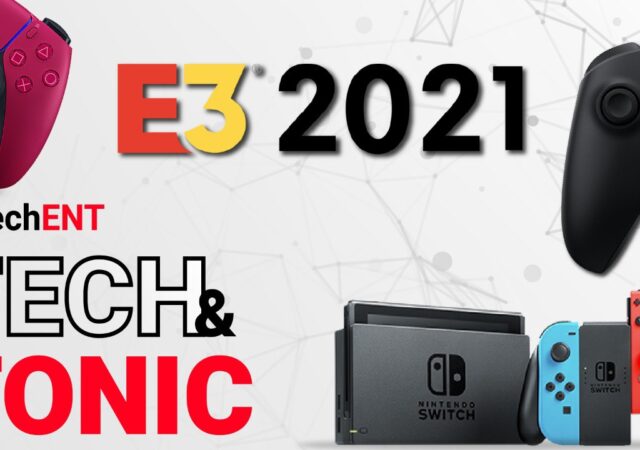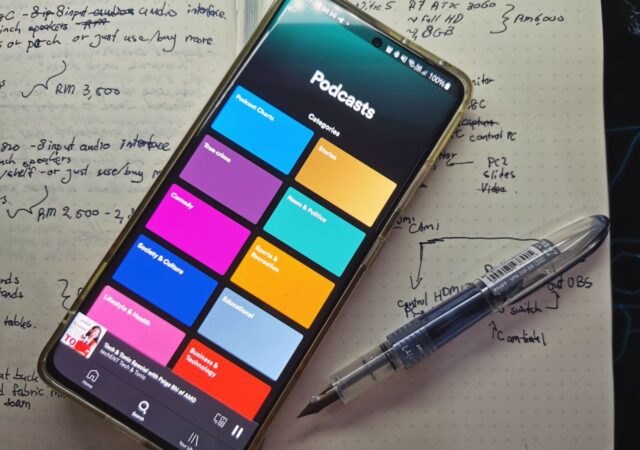RØDE introduces their 5th generation NT1 condenser with 32-bit float digital output. This could be the ultimate studio condenser for all.
No Proper Mic? That is Okay, Adobe’s Got You with Enhance Speech.
Adobe released a new free audio processing tool, Enhance Speech that turns your regular built-in mics into a professional recording tool.
Spotify Moving up the Podcast Ladder with Two More Acquisition
Spotify has recently announced that they are making two more acquisitions – Podsights and Chartable. What does this mean for users?
Spotify, You One-Stop-Shop for All Your Netflix Soundtracks, Playlists, and Podcasts
You can now stream Netflix’s official soundtrack, playlists, and podcasts from Netflix Hub on Spotify to keep things alive beyond Netflix.
Now you can Easily Block Other People on Spotify
Spotify is introducing a new function for users to start blocking other users as and whent they want, available soon.
Tech & Tonic S02 Episode 22 Streaming vs Blockbuster Releases
In this week’s Tech & Tonic Podcast, we explore the costs of streaming services and rethink our choices in choosing streaming over theatres.
Tech & Tonic S02 Episode 19 – Another Reference Smartphone? Really Qualcomm?
In this episode 19 of season 2 of Tech & Tonic Podcast we discuss the recently launched Qualcomm Smartphone for Snapdragon Insider.
Tech & Tonic S02 Episode 17 – How to Podcast
Without realising it, we have been doing our podcast for more than a year now. At the same time, we have been recording our podcasts from home for most of it as well. We could not have done it without…
Tech & Tonic S02 Episode 16 – E3 2021… Was a Little Underwhelming
In this episode of Tech & Tonic, we discuss E3 2021 that just happened last week. We were a little underwhelmed from the conference.
Spotify Buys Podz – Finding Your Favourite Podcasts Will be A Lot Easier
Spotify acquires Podz, a podcast discovery service that uses AI to produce 60-second highlights from podcast shows.




